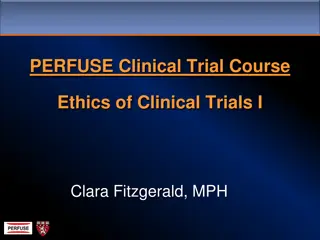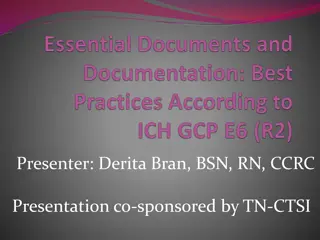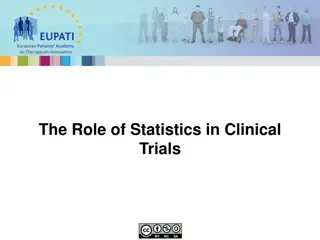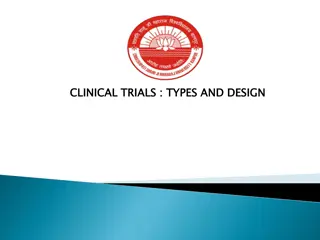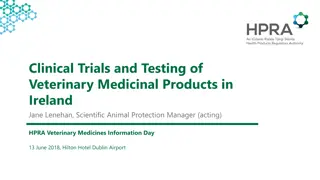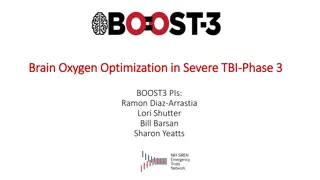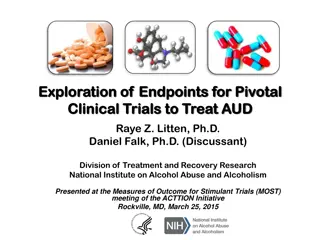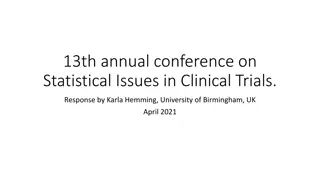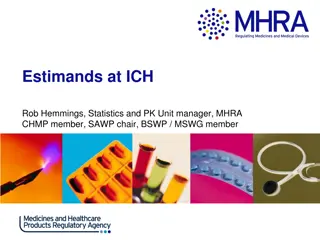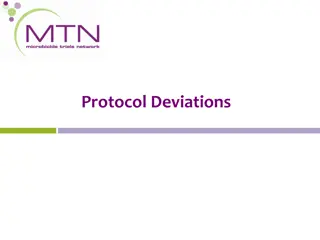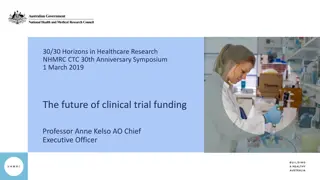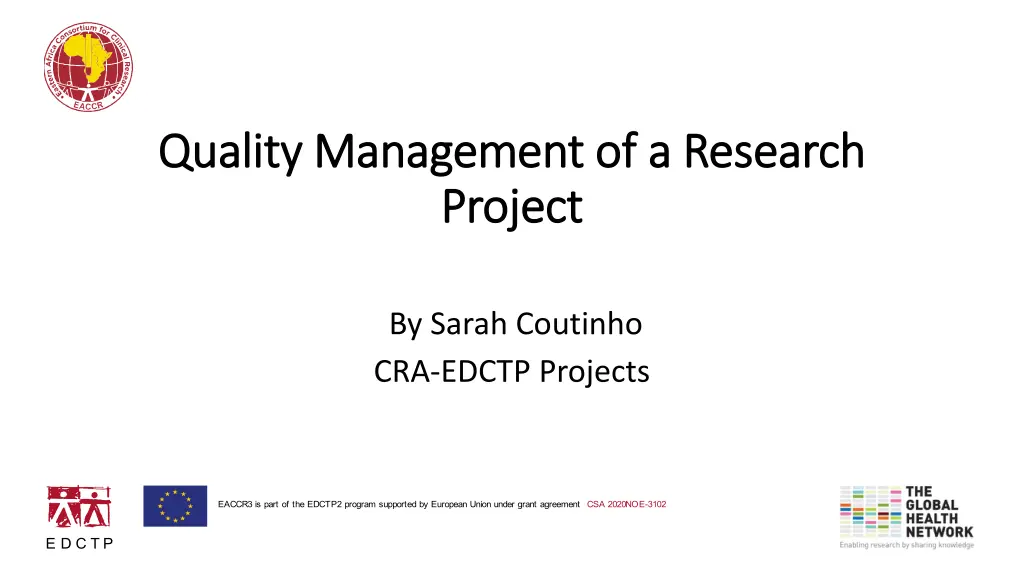
Effective Quality Management in Research Projects
Explore the importance of Quality Management in research projects, covering Quality Control (QC), Quality Assurance (QA), and their objectives. Learn the difference between QA and QC, and how they contribute to maintaining consistent quality standards in research activities.
Download Presentation

Please find below an Image/Link to download the presentation.
The content on the website is provided AS IS for your information and personal use only. It may not be sold, licensed, or shared on other websites without obtaining consent from the author. If you encounter any issues during the download, it is possible that the publisher has removed the file from their server.
You are allowed to download the files provided on this website for personal or commercial use, subject to the condition that they are used lawfully. All files are the property of their respective owners.
The content on the website is provided AS IS for your information and personal use only. It may not be sold, licensed, or shared on other websites without obtaining consent from the author.
E N D
Presentation Transcript
Quality Management of a Research Quality Management of a Research Project Project By Sarah Coutinho CRA-EDCTP Projects
INTRODUCTION INTRODUCTION What is Quality Management This is the overall process of establishing and ensuring the quality of processes, data and proper documentation associated with clinical research activities This encompasses both quality control (QC) and quality assurance(QA)
Objectives of Quality Management Objectives of Quality Management Quality Management includes BOTH processes aimed at prevention of errors as well as those associated with detection and correction of errors QM also ensures that every time a process is performed same information,methods,skills and controls are used and applied in a consistent manner Maintaining quality and process performance at consistent levels is the most basic goal of any QMS
Quality Control (QC) Quality Control (QC) This is a set of operational activities intended to ensure the quality requirements are being met It is the ongoing review of data collection forms and other records for completeness and logic e.g. Clinical study staff ensure checklists are completed for the intended study procedures e.g. IC process Conducting systemic data verification Review of Essential document binder (ISF)
What is Quality Assurance (QA) What is Quality Assurance (QA) A set of activities intended to establish quality requirements and procedures QA ensures those requirements are being met and procedures are being followed QA verifies that quality is being maintained and this includes generation of procedural documents e.g. SOPs
Difference Between QA and QC Difference Between QA and QC Definition: QA- A set of activities intended to establish quality requirements and procedures. QA- Ensures those requirements are being met and procedures are being followed QC-A set of activities for ensuring quality in products. The activities focus on identifying and fixing defects QA- These are methods put in place to manage quality in our work QC-These are methods used to verify activities performed
Why errors occur at any stage of a clinical research Why errors occur at any stage of a clinical research Training of study team not done prior to the study start and inadequate training offered Written procedures not followed i.e. protocol, SOPs, checklists etc.. Lack of ongoing checks to help identify errors in real time Individual roles and responsibilities are unclear or undefined
Through monitoring. Through monitoring . GCP Definiation of Monitoring: The act of overseeing the Progress of a clinical trial, and of ensuring that It is conducted, recorded, and reported in accordance with the; ICH Protocol Standard Operating Procedures (SOPs) GCP, and the applicable regulatory requirements (E6 1.38). All studies involving human participants should be monitored as per GCP requirements
PURPOSE OF MONITORING PURPOSE OF MONITORING To verify that: The rights and well-being of human participants are protected The reported study data is accurate, complete, and verifiable from source documents The conduct of the study is in compliance with the currently approved protocol/amendments, with GCP, SOPs and applicable regulatory requirements
TYPES OF MONITORING VISIT TYPES OF MONITORING VISIT The most common types of monitoring visit: Pre-site assessment visit Site Initiation visit Interim Monitoring visit Close-out monitoring visit
Consequences of getting it wrong Consequences of getting it wrong Ethical issues Ethical issues Monitor Monitor Endangers subjects Added working time Non GCP compliance Monitor Getting it wrong Investigator Added working time May jeopardize future participation in studies Trial/Study Completion delayed Problems with data analysis
STUDY EXPECTATIONS STUDY EXPECTATIONS Study Approval by the regulatory authorities Protocol amendments if any, to have it on file Investigator Master File (IMF)/Investigator Site File (ISF) with all the essential documents Approved Case Report Forms (CRFs) Effective communication
INVESTIGATOR SITE FILE INVESTIGATOR SITE FILE An Investigator Site File (ISF) contains essential documents which shows that the clinical trial site and Investigator are following the regulatory requirements set out by the ICH GCP guidelines. According to the International Council for Harmonization (ICH) Good Clinical Practice (GCP) guidelines, essential documents are defined as documents which individually and collectively permit evaluation of the conduct of the trial and the quality of the data produced. The ICH GCP 4.9.4 guideline states that the Investigator and Institution should maintain the trial documents as specified in the Essential Documents for the Conduct of a Clinical Trial guidelines




